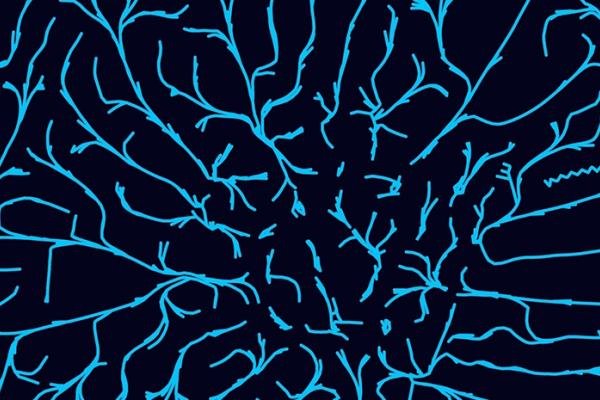Nanotechnology is like the early days of radioactivity when it comes to knowing the risks – Dr Vladimir Baulin
The study resulted from the EU-funded SNAL project, which you coordinate. Can you explain what you observed?
The Issue
Nanotechnology is all around us, in building materials, in toothpaste and in cleaning products.
Across Europe, hundreds of institutions are working together to look at how to monitor exposure, manage the risks and advise on what regulations may be needed under the EU’s NanoSafety Cluster.
For further details: www.nanosafetycluster.eu
‘This is the first observation to show directly how tiny gold nanoparticles can cross a lipid bilayer (main part of a biological membrane). This process was quantified and the time of each step was estimated. The lipid membrane is the ultimate barrier protecting cells from the outside environment and if the nanoparticles can cross this barrier they may go into cells.’
How was it possible to see the nanoparticle crossing the lipid bilayer?
‘Dr Jean-Baptiste Fleury (from Saarland University in Germany) designed a special set-up with two chambers separated by a lipid bilayer, which contained fluorescent lipids (fat molecules). Non-fluorescent nanoparticles were added to only one of the chambers. In this set-up, nanoparticles became visible only when they touched the fluorescent bilayer and exchanged lipids with it. If one sees the fluorescent nanoparticle in the second chamber, this means it was in contact with the bilayer and it crossed the bilayer from one chamber to another. This was the proof. In addition, the process of translocation was quantified and the time of the crossing was estimated as milliseconds.’
Why are nanoparticles such a risk to our bodies?
‘All biological objects, biomolecules, proteins that exist in living organisms evolved over billions of years to adapt to each other. Nanoparticles which are synthesised in the laboratory are thus considered by a living organism as something foreign. It is a big challenge to make them compatible and not toxic.’
Nanoparticles have only been around for 30 years, is that right?
‘I would count the applications of nanoparticles as starting from the 1985 Nobel Prize for the discovery of fullerenes (molecules of hollow football-shaped carbon). This was the start of the nanoparticle boom.’
How important is it that we understand the effect of nanoparticles on living organisms at the moment?
‘This is becoming urgent because nanoparticles and nanotechnology in general are entering our lives. Now it is possible to synthesise nanomaterials with precise control, fabricate nanostructures on surfaces and do precise tailoring of the properties of nanoparticles.
‘It is becoming quite urgent to understand the exact mechanisms of nanotoxicity and make a classification depending on the mechanism. Radioactivity or X-rays entered our lives the same way. It took time until researchers understood the mechanisms of action on living organisms and the regulations evolved with our understanding.’
How can this understanding be improved, and what is your concern with current empirical, or observation-based, methods?
“'This is the first observation to show directly how tiny gold nanoparticles can cross a lipid bilayer.'
‘An empirical test of toxicity is that you put nanoparticles into the cells and you see the cells are dead, but you don’t understand what has happened, this is empirical. This is a legitimate tool, but it is not enough to address toxicity. Instead, one could start from the properties of nanoparticles and think about classifying nano-objects based on their physical or chemical properties by trying to predict the effect of a given nanoparticle on a cell or tissue beforehand.
‘I understand, it may look too ambitious, since there are a lot of tiny details that are not considered at the moment in theoretical models or any classification. However, even if it may not be exact, it can give some guidance and it would be possible to make predictions on how nanoparticles and polymers interact with lipid membranes. For example, in this study we used theoretical modelling to suggest the size and surface properties of the nanoparticle that is able to cross the lipid membrane through a certain pathway and it was observed experimentally.’
What are you doing next in the project?
‘We would like to start with such classification and develop a tool able to predict the structure of a nanomaterial for a given function, for example, to cross or interact with lipid membranes more efficiently.’
If you liked this article, please consider sharing it on social media.




